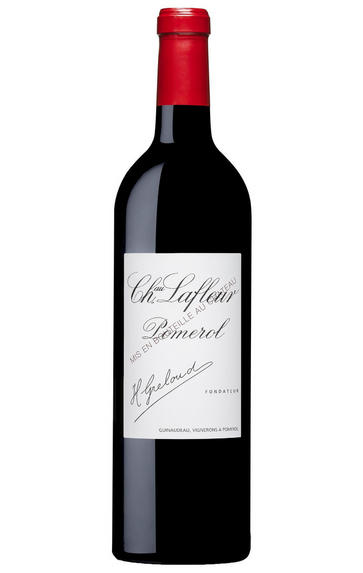
2006 Château La Fleur-Pétrus, Pomerol, Bordeaux
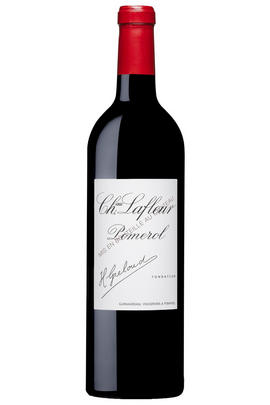
Critics reviews
Neal Martin - 30/05/2016
About this WINE
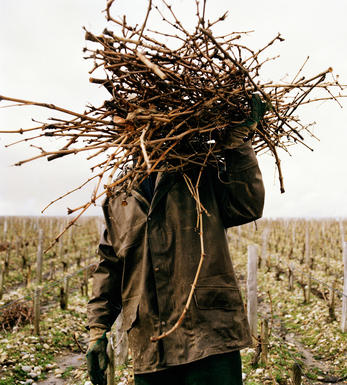
Chateau la Fleur-Petrus
Château La Fleur-Pétrus is a Pomerol estate that has been owned by Jean Pierre Moueix (who also owns Pétrus and Trotanoy) since 1952.
Four years after it was purchased, Bordeaux was hit by its worst frosts in living memory and most of the vineyards at Lafleur-Pétrus were destroyed and had to be replanted. La Fleur-Pétrus's 9.08 hectare vineyard is on a plateau east of Pomerol sandwiched between Lafleur and Pétrus. The soils are rich in gravel and the vineyard is planted with 90% Merlot and 10% Cabernet Franc.
La Fleur-Pétrus's grapes are hand-harvested and then fermented in temperature-controlled concrete vats. The wine is then aged in small oak barriques (50% new) for 18 months. Lafleur-Pétrus produce elegant, smooth and refined Pomerols that, whilst lacking the concentration and intensity found in Pétrus, are still amongst the finest wines of the region.
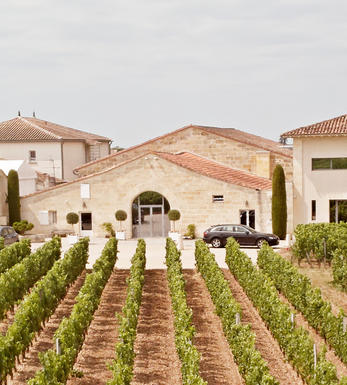
Pomerol
Pomerol is the smallest of Bordeaux's major appellations, with about 150 producers and approximately 740 hectares of vineyards. It is home to many bijou domaines, many of which produce little more than 1,000 cases per annum.
Both the topography and architecture of the region is unremarkable, but the style of the wines is most individual. The finest vineyards are planted on a seam of rich clay which extends across the gently-elevated plateau of Pomerol, which runs from the north-eastern boundary of St Emilion. On the sides of the plateau, the soil becomes sandier and the wines lighter.
There is one satellite region to the immediate north, Lalande-de-Pomerol whose wines are stylistically very similar, if sometimes lacking the finesse of its neighbour. There has never been a classification of Pomerol wines.
Recommended Châteaux : Ch. Pétrus, Vieux Ch. Certan, Le Pin, Ch. L’Eglise-Clinet, Ch. La Conseillante, Ch. L’Evangile, Ch. Lafleur, Trotanoy, Ch. Nenin, Ch. Beauregard, Ch. Feytit-Clinet, Le Gay.
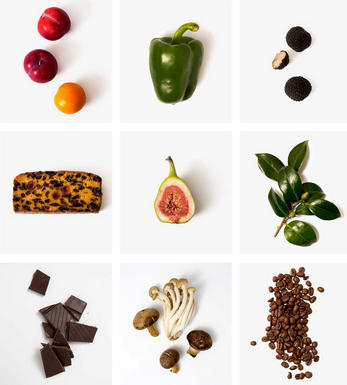
Merlot
The most widely planted grape in Bordeaux and a grape that has been on a relentless expansion drive throughout the world in the last decade. Merlot is adaptable to most soils and is relatively simple to cultivate. It is a vigorous naturally high yielding grape that requires savage pruning - over-cropped Merlot-based wines are dilute and bland. It is also vital to pick at optimum ripeness as Merlot can quickly lose its varietal characteristics if harvested overripe.
In St.Emilion and Pomerol it withstands the moist clay rich soils far better than Cabernet grapes, and at it best produces opulently rich, plummy clarets with succulent fruitcake-like nuances. Le Pin, Pétrus and Clinet are examples of hedonistically rich Merlot wines at their very best. It also plays a key supporting role in filling out the middle palate of the Cabernet-dominated wines of the Médoc and Graves.
Merlot is now grown in virtually all wine growing countries and is particularly successful in California, Chile and Northern Italy.


Buying options
Add to wishlist
Description
Nestled between Ch. Lafleur and Ch. Pétrus (hence the name) you couldn't get much better terroir for a wine than this. This is always one of the most elegant wines in Pomerol, but in 2006 it also has a pleasing rich decadence, very good balance and plummy spice (in every sense of the word). The tannins are firm but silky, and overall this is lovely mouthfilling stuff. Another triumph for the Moueix stable and further proof of how well Pomerol has performed in 2006.
wine at a glance
Delivery and quality guarantee